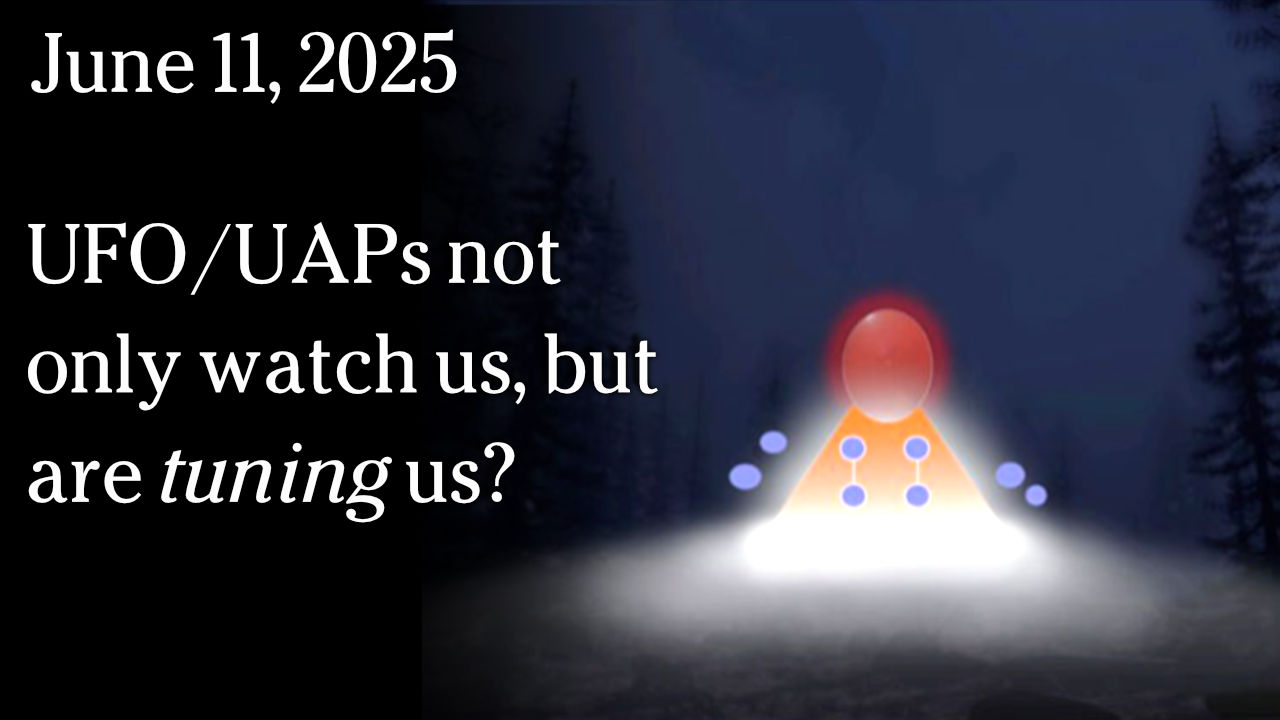“Scientists have not yet determined what it is about the composition
or structure of the bright spots that is responsible for their extreme brightness. ...To discover their real nature, we need to get more data from lower altitudes.”
- Marc Rayman, Ph.D., Director, Dawn mission orbiting Ceres
Click here to subscribe and get instant access to read this report.
Click here to check your existing subscription status.
Existing members, login below:
















